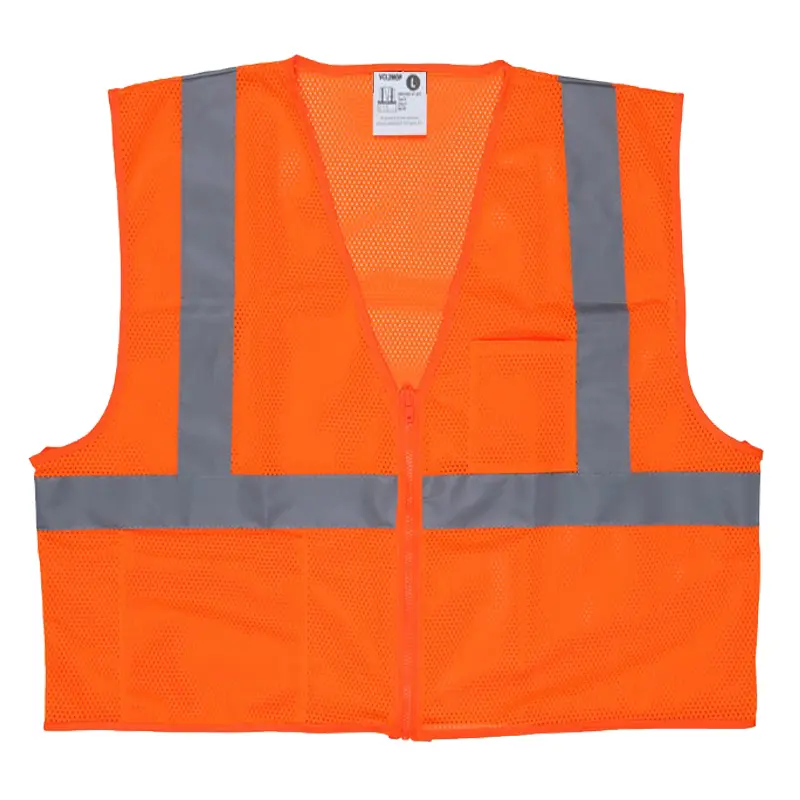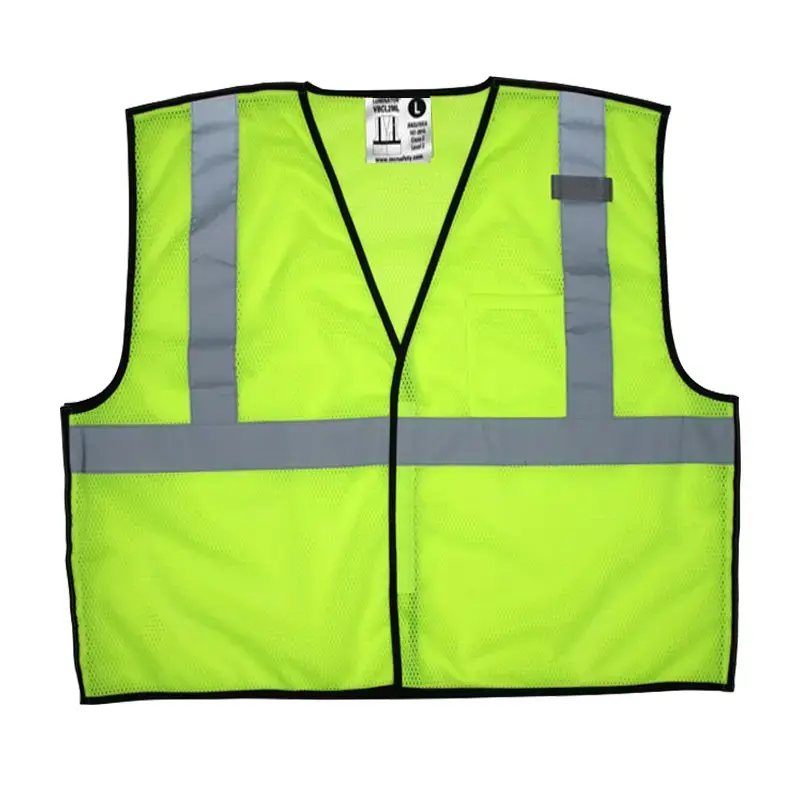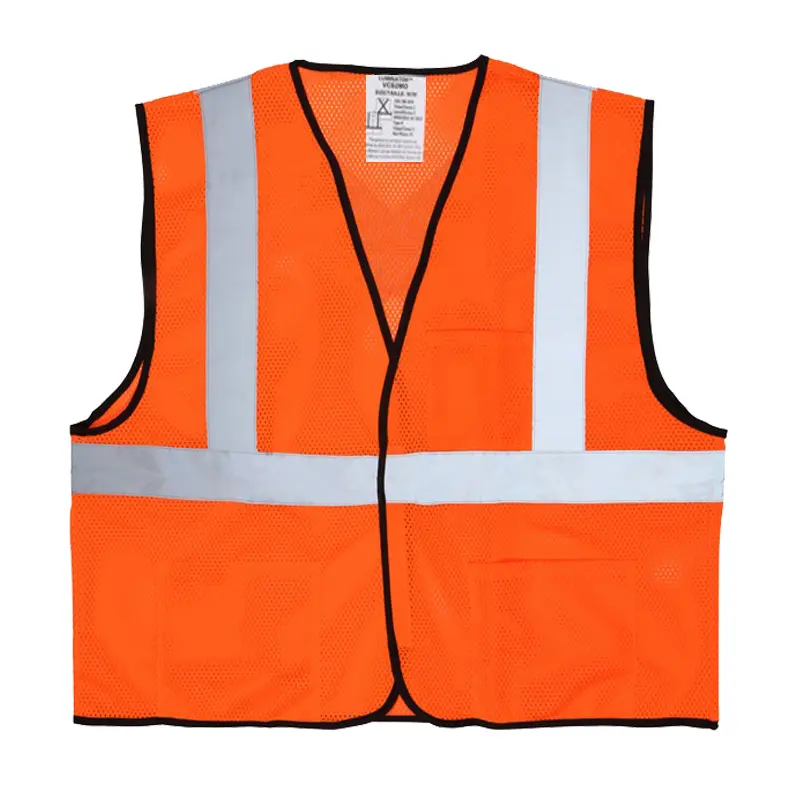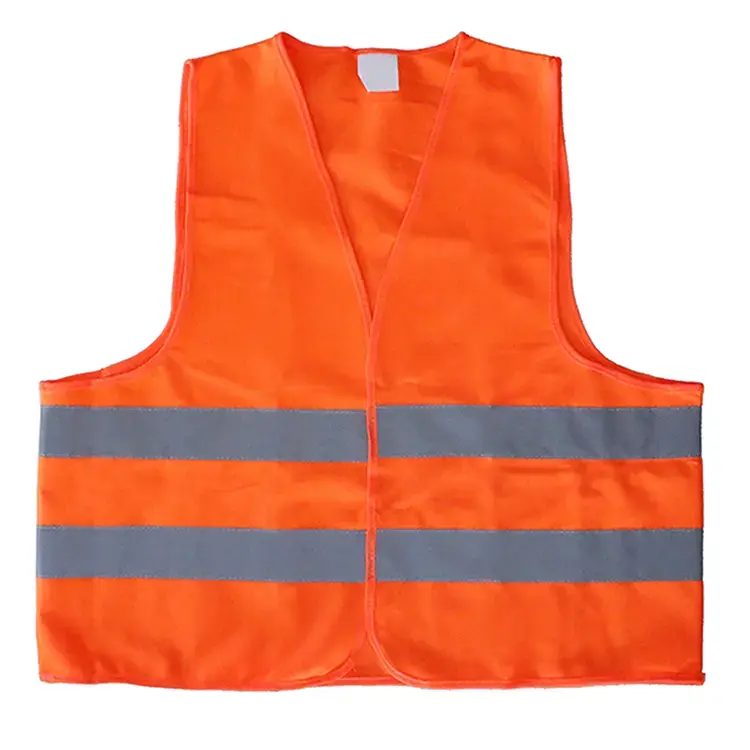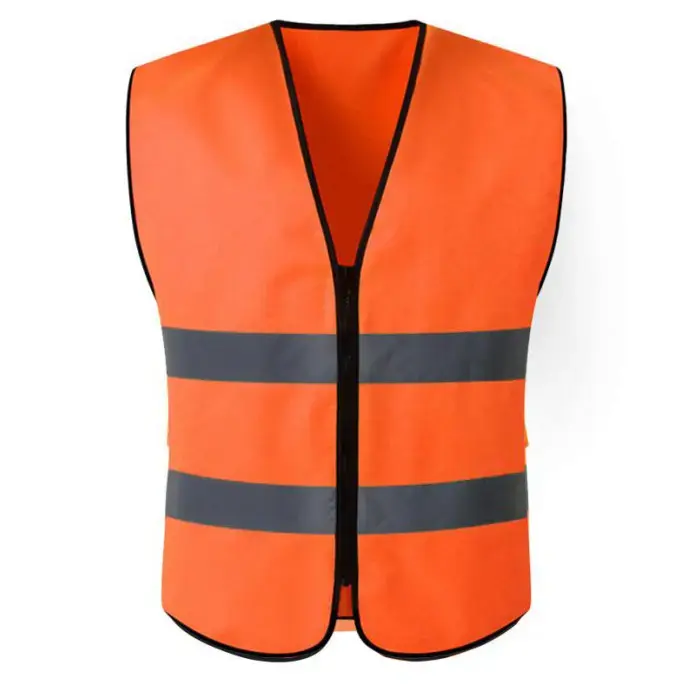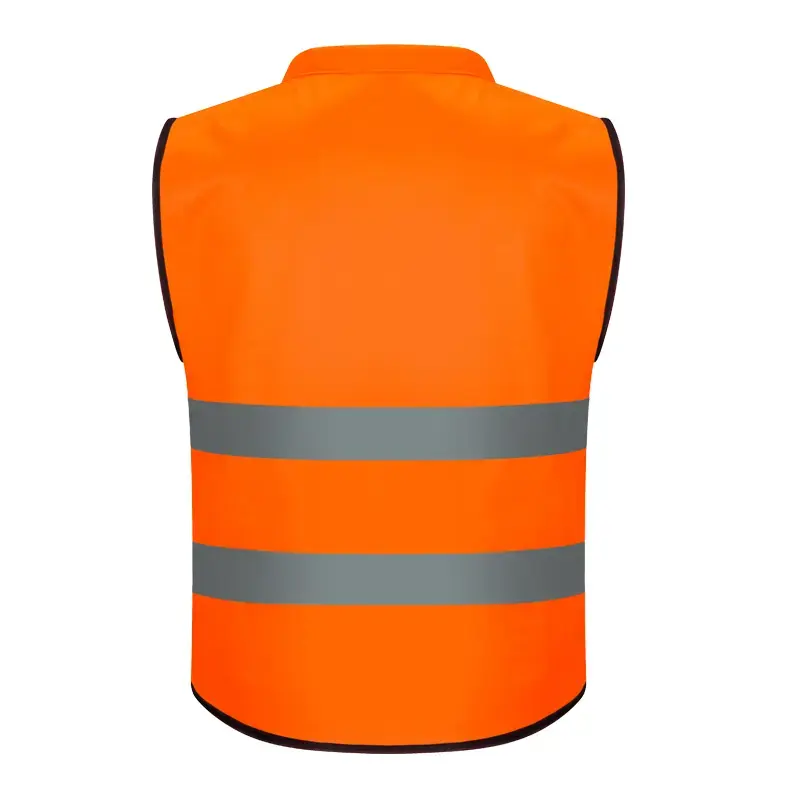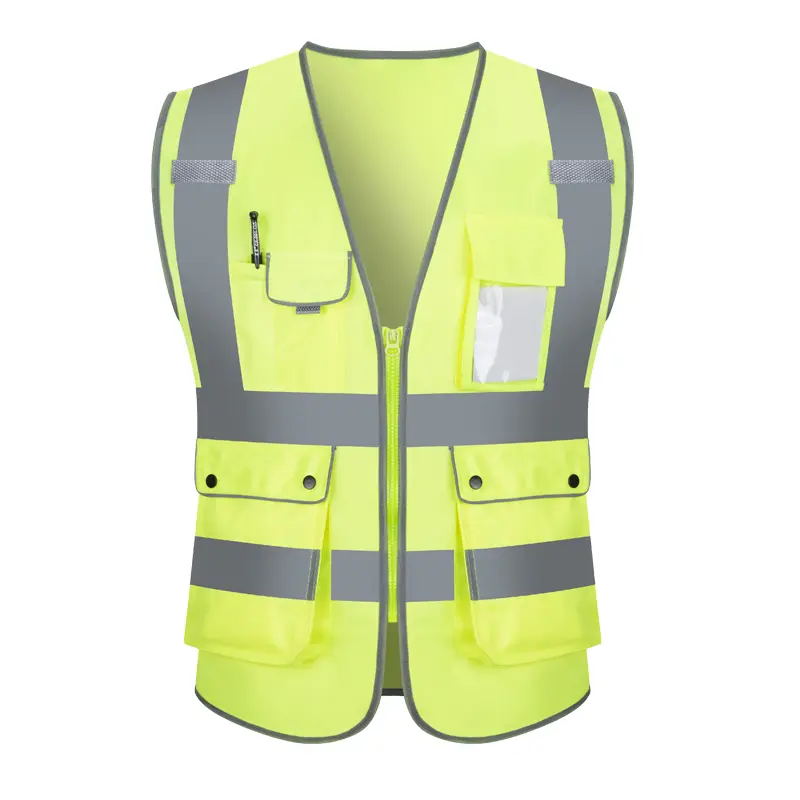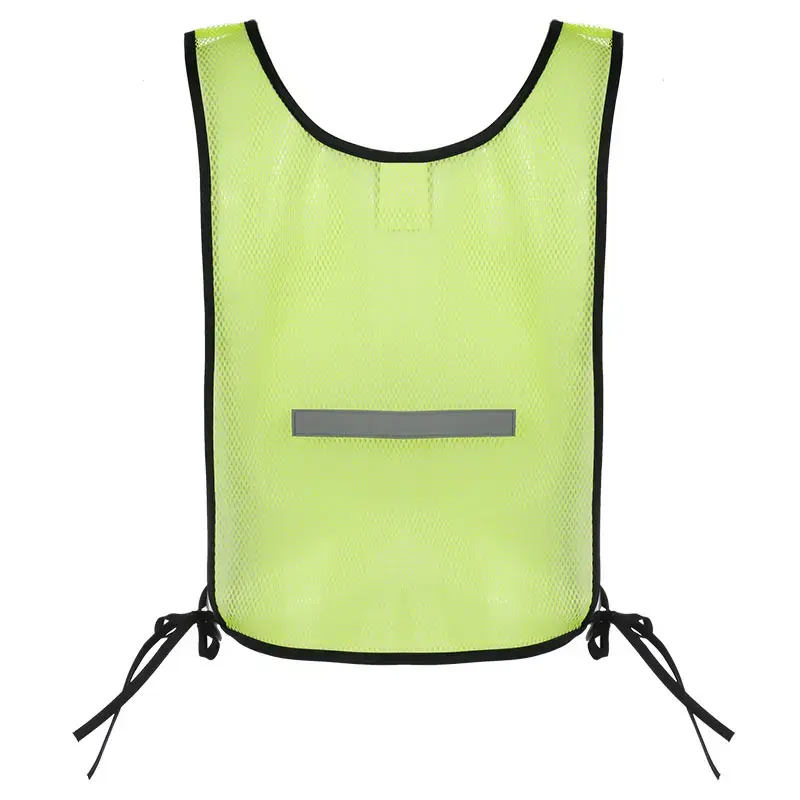How to identify whether the reflective fabric of a reflective vest is bright or silver?
Reflective Vests are essential safety gear for a variety of occupations and activities, including construction, road construction, cycling and running. They improve visibility in low-light conditions, help prevent accidents, and ensure the safety of people working or exercising near traffic or hazardous environments. However, not all reflective fabrics are created equal, and understanding the differences between bright and silver reflective materials can significantly affect their effectiveness. In this blog, we’ll explore how to identify whether a vest’s reflective fabric is bright or silver, the importance of these differences, and tips on how to choose reflective gear that suits your needs.
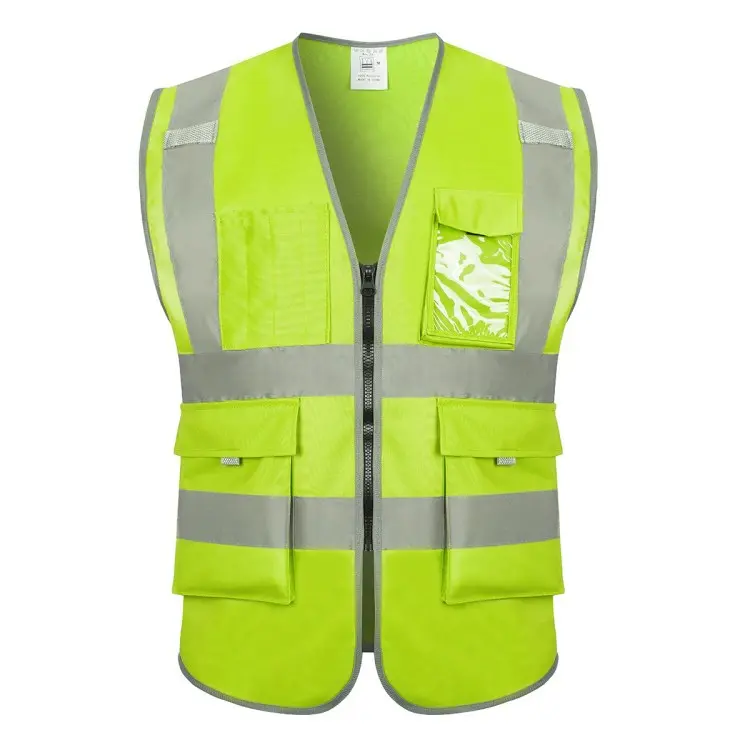
Learn about reflective fabrics
Before we get into how to identify reflective fabrics, it’s important to understand what reflective materials are and how they work. Reflective fabrics are designed to reflect light, making the wearer more visible in low-light conditions. They are typically made from a combination of glass beads, microprisms, and other reflective materials that reflect light back to the source.
Types of reflective materials
Glass bead reflective fabric: This kind of fabric contains tiny glass beads that can reflect light. When light strikes the glass beads, it reflects back, creating a bright appearance. Glass bead reflective material is commonly used in Safety Vests, jackets and other clothing.
Microprism reflective fabric: Microprism material uses a series of tiny prisms to reflect light. These fabrics tend to be more effective than glass bead materials, providing better visibility at greater distances and angles.
Fluorescent materials: Although fluorescent materials are not reflective in the traditional sense, they can absorb light and emit light, making them appear bright under sunlight. These materials are often used with reflective fabrics to increase visibility.
Bright and silver reflective fabric
When discussing reflective fabrics, “bright” and “silver” are often mentioned. While both fabrics serve the same purpose of enhancing visibility, they have different characteristics:
Bright Reflective Fabric: This fabric is usually brightly colored, usually yellow, orange, or lime green. The bright color combined with reflective properties makes it visible day and night. Bright reflective fabrics are often used in safety vests and gear for construction workers, road crews and outdoor enthusiasts.
Silver Reflective Cloth: Silver reflective cloth has a metallic luster and is often used in safety equipment designed for night visibility. This fabric effectively reflects light, making it ideal for low-light conditions. Silver reflective materials are commonly used in emergency gear, police uniforms, and other applications where high visibility is critical.
Identify bright and silver reflective fabrics
There are a few ways to tell whether a vest's reflective fabric is bright or silver. Here are some key factors to consider:
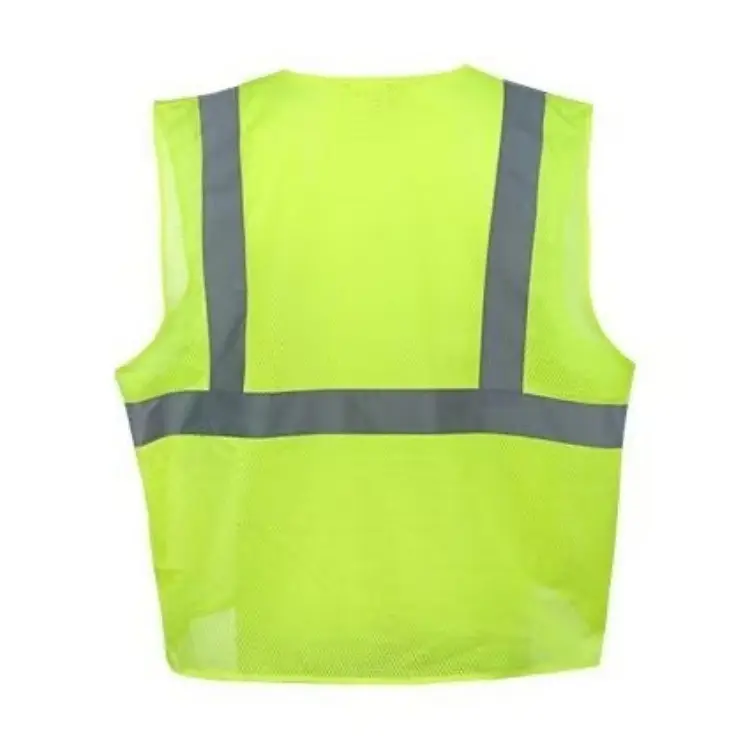
1. Visual inspection
The first step in identifying the type of reflective fabric is a visual inspection. Here's what to check:
Color: Bright reflective fabrics are often brightly colored, such as neon yellow, orange, or lime green. In contrast, silver reflective fabric has a metallic look. If the vest is brightly colored and has reflective strips, it's likely a bright reflective fabric.
Gloss: Silver reflective fabric has a shiny metallic look. If the fabric looks shiny, it's probably a silver reflective material.
2. Light Reflection Test
A practical way to determine the type of reflective fabric is to perform a light reflection test. Here's how to do it:
Use a flashlight: In a dimly lit area, shine a flashlight directly on the reflective fabric. Watch how the fabric reacts to light.
Watch Reflections: Bright reflective fabrics will reflect light back, often giving a vivid glow. Silver reflective fabric will reflect light back and have a more metallic sheen, often showing bright silver glitter.
3. Check Tags
Most reflective vests come with a label that provides information about the material used. Here are some things to note:
Material Composition: Check the label for information about reflective materials. The label may indicate whether the material is made of glass beads, microprisms, or other reflective materials.
Certification Standards: Look for certifications such as ANSI/ISEA 107, which indicates that the vest meets specific visibility standards. This can help you determine the effectiveness of reflective fabric.
4. Consider the environment
The environment in which the vest will be used can also help you determine the type of reflective fabric you need:
DAY USE: If the vest will be used primarily during the day, bright reflective fabric is ideal. Bright colors will improve visibility in daylight.
Night use: For night use, silver reflective fabric works better. It reflects light from headlights and other light sources, making the wearer more visible in low-light conditions.
5. Feel the fabric
The texture of a fabric can also provide clues about its reflective properties:
Smooth vs. Textured: Bright reflective fabric may have a smoother texture, while silver reflective fabric may feel slightly rougher due to the reflective material embedded in the fabric.
Thickness: Silver reflective fabric may be thicker due to the added layer of reflective material, while bright reflective fabric may be lighter and more breathable.
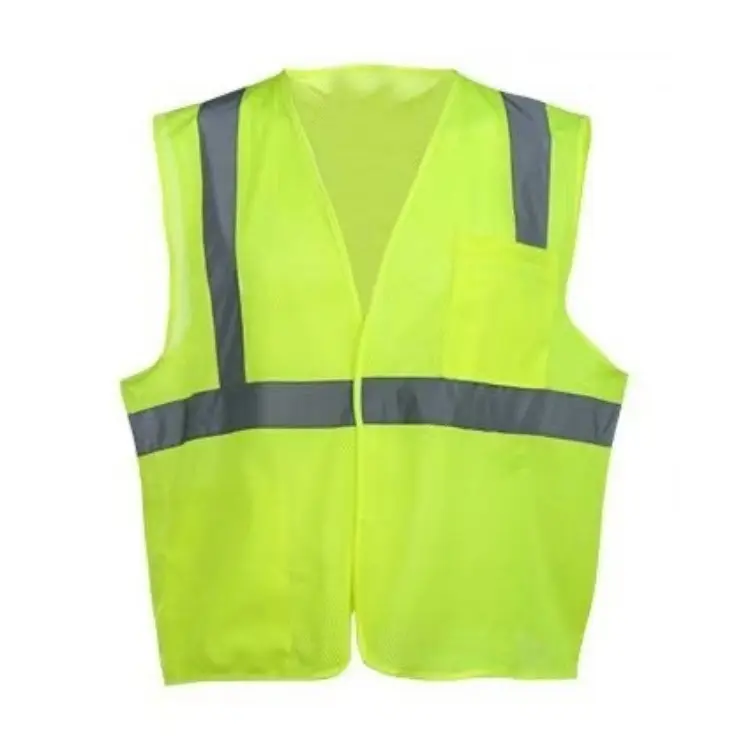
The importance of choosing the right reflective fabric
Choosing the right reflective fabric is crucial for safety. Here are some reasons to choose the right reflective fabric:
1. Visibility under different conditions
Different reflective fabrics perform better under different lighting conditions. Bright reflective fabric offers excellent daytime visibility, while silver reflective fabric excels in low-light environments. Understanding the environment in which you will be using your vest can help you make an informed decision.
2. Comply with safety standards
Many industries have specific safety standards that require the use of reflective gear. Choosing the right fabric ensures compliance with these regulations, reducing the risk of accidents and injuries.
3. Comfortable and breathable
The type of reflective fabric also affects comfort. Bright reflective fabrics are often designed to be lightweight and breathable for long-term wear. The silver reflective fabric may be thicker and less breathable, which may be something to consider for those wearing the vest for long periods of time.
4. Durability and Lifespan
Reflective fabrics vary in durability. Bright reflective materials may be more susceptible to fading over time, while silver reflective fabrics are generally designed to withstand harsh conditions. Choosing durable fabrics will ensure your vest remains effective for longer.
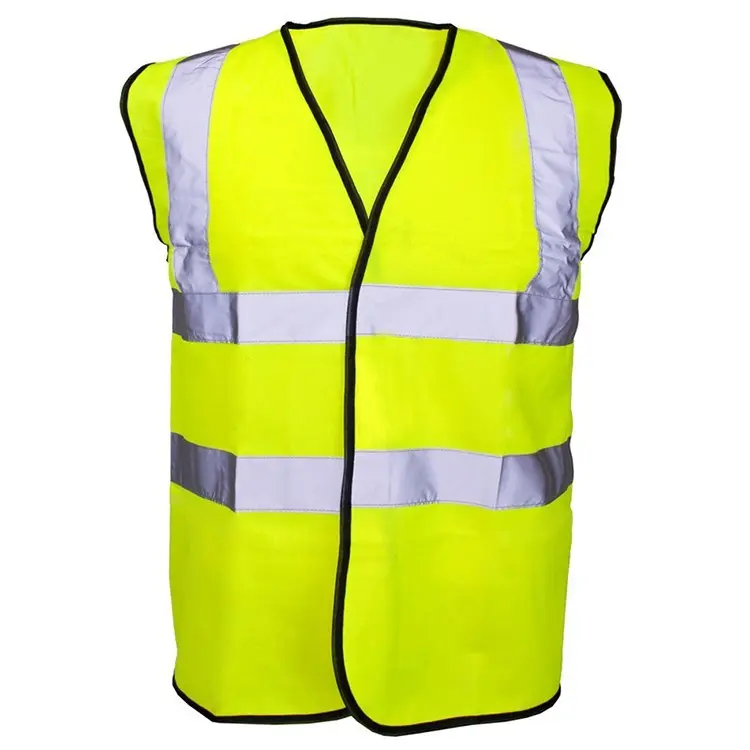
Tips for choosing the right reflective vest
When choosing a reflective vest, consider the following tips to ensure you choose the right vest for your needs:
1. Assess your needs
Determine the primary purpose of the vest. Will you use it for construction work, biking, running, or other activities? Understanding your needs will help you choose the right reflective fabric.
2. Inspection and Certification
Look for vests that meet safety standards such as ANSI/ISEA 107. This certification ensures that the vest provides adequate visibility in a variety of conditions.
3. Consider fit and comfort
Choose a vest that fits well and allows for easy movement. A comfortable vest will encourage you to wear it regularly, thus increasing your safety.
4. Evaluate Reflection Coverage
Check the amount of reflective material on the vest. The greater the reflective coverage, the greater the visibility. Look for vests with reflective strips on the front, back and sides.
5. Read Reviews and Ratings
Please read other users' reviews and ratings before purchasing. This can give you an idea of the performance, comfort, and durability of the vest.
6. Test Vest
If possible, test the vest in different lighting conditions. Shine a flashlight through it to see how it reflects light and assess its visibility.
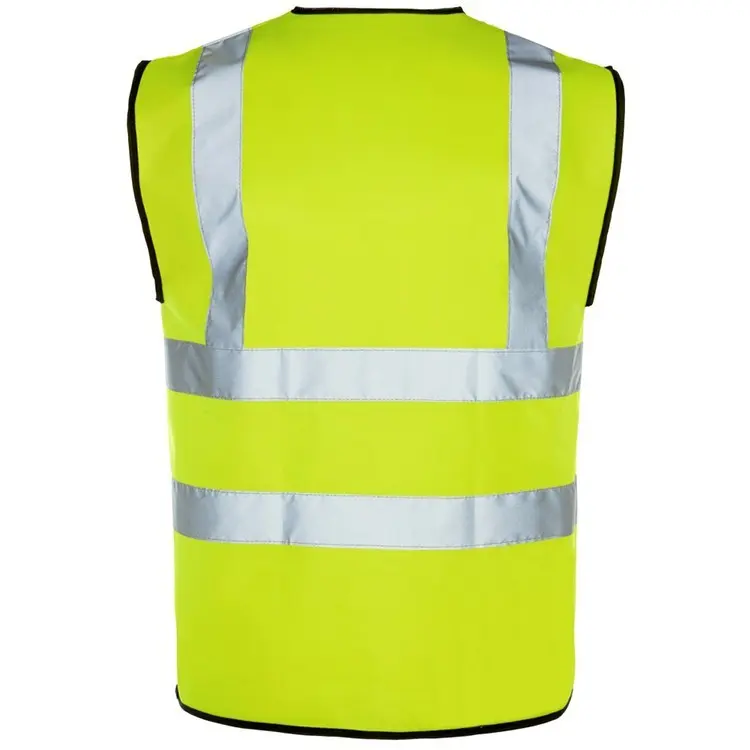
In conclusion
Identifying whether a vest's reflective fabric is bright or silver is critical to ensuring safety in a variety of environments. By conducting a visual inspection, light reflection testing, and checking labels, you can make an informed decision about the type of reflective fabric that best suits your needs. Understanding the differences between bright and silver reflective materials will help you choose the right gear for your event, ensuring maximum visibility and safety.
In a world where safety is paramount, investing in the right reflective vest can make a big difference. Whether you're a construction worker, a cyclist, or an outdoor enthusiast, maintaining visibility in low-light conditions is crucial. By following the tips outlined in this blog, you can confidently choose the right reflective vest and stay safe while working or enjoying your favorite activities.

